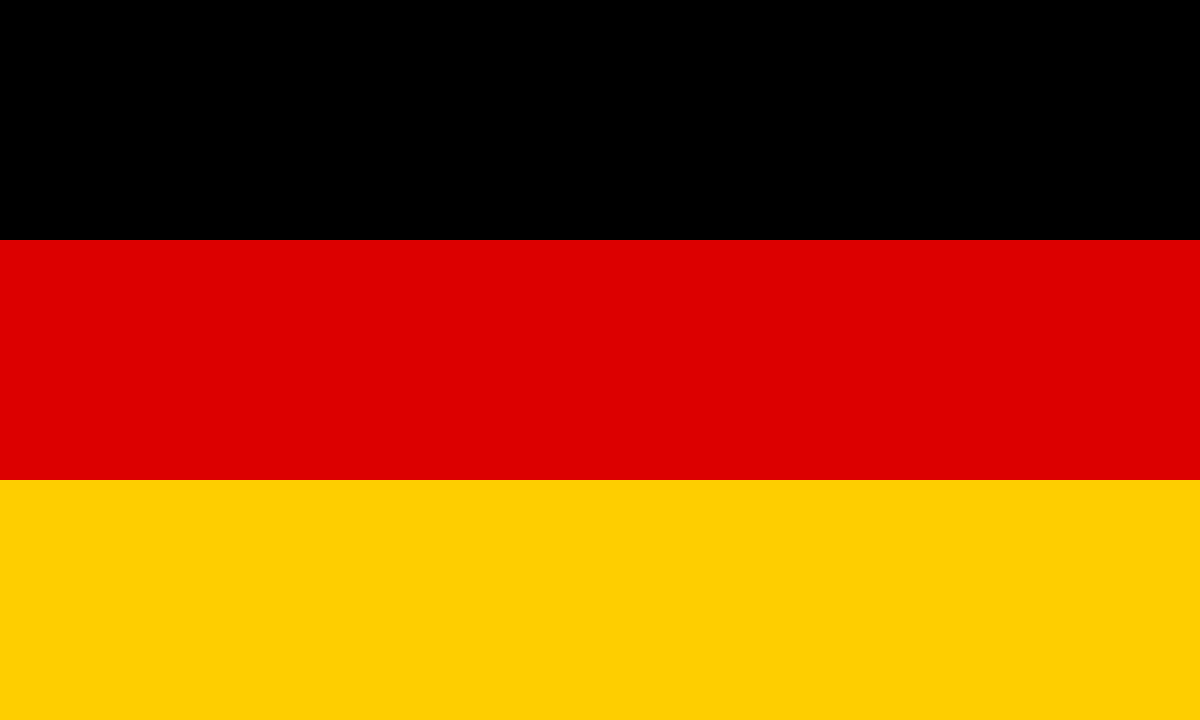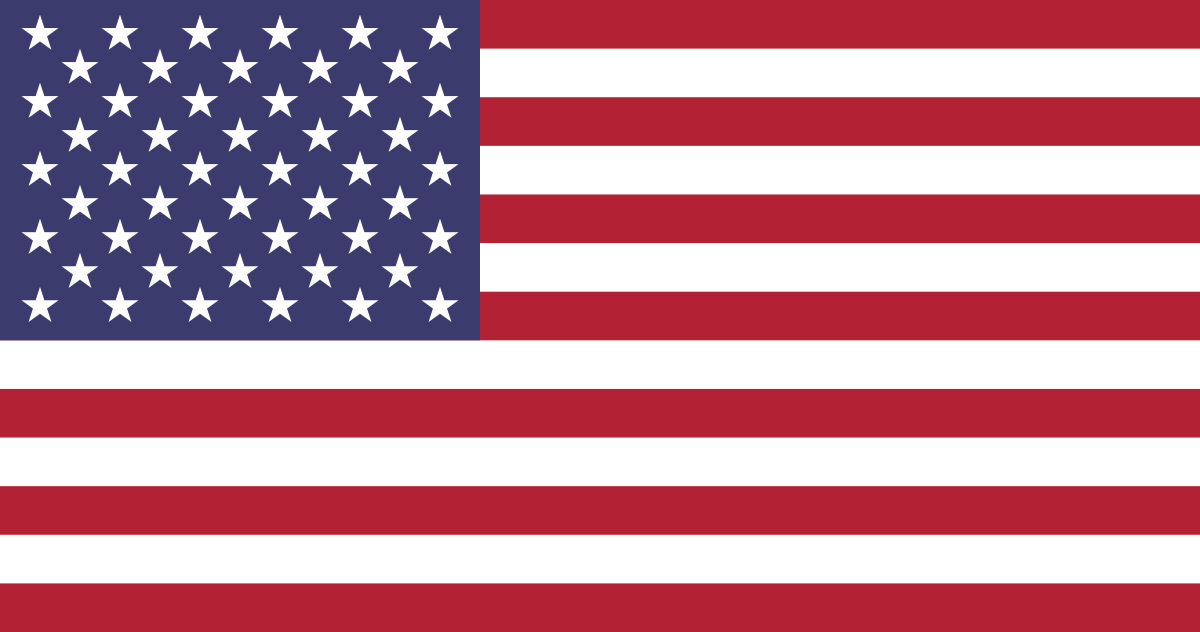Explore our courses
Art directors play a key role in shaping the visual style of everything from advertising campaigns to films, magazines and video games. But if you’re wondering how to become an art director, you’re not alone. What exactly does this role involve, and how can you step into it?
Today, the team from SAE University College is here to answer the question, “How do I become an art director?” Let’s explore how you can build a career in this exciting field.
What is aN ART DIRECTOR?
An art director is responsible for the visual aspects of a project. Whether it’s a film, print advertisement or website content, the art director ensures that the look and feel align with the project’s goals and creative vision. They oversee the work of designers, illustrators, photographers and other visual artists who bring ideas to life.
What does aN ART DIRECTOR do?
Art directors blend creativity with leadership to manage the visual elements of a project. Here’s a quick look at what their day-to-day responsibilities typically entail:
- Developing visual concepts: Translating ideas into cohesive visual styles, from colour palettes to typography and layout.
- Leading creative teams: Managing designers, photographers, illustrators and other visual artists to ensure the project stays on track.
- Collaborating with other departments: Working closely with creative directors, copywriters and marketing teams to produce a unified final product.
- Overseeing production: Reviewing designs, providing feedback and ensuring final outputs meet both creative standards and project requirements.
What INDUSTRIES does aN ART DIRECTOR WORK IN?
Art directors are in demand across various creative industries, including:
- advertising and marketing, where they design visual campaigns for brands and products
- film and television, shaping the look of sets, costumes and overall visual storytelling
- publishing, where they oversee the design of magazines, books and digital publications
- video games, creating immersive visual worlds and guiding the design of characters, environments, and interfaces.

How to become aN ART DIRECTOR
Becoming an art director involves a combination of education, hands-on experience and leadership development. Whether you’re searching for answers on how to become an art director in advertising or how to become an art manager or director in general, here’s how to get started:
Step 1: MASTER THE FUNDAMENTALS OF VISUAL DESIGN
The first and most important step when it comes to how to become an art director is gaining a solid grasp of design principles – think areas like colour theory, composition, typography and visual hierarchy.
SAE’s Bachelor of Design and Visual Communication covers everything you need to know about mastering the art of visual storytelling. Taught by working industry experts, this two-year degree provides hands-on learning from day one. You’ll learn using industry-standard software like Adobe Illustrator, Photoshop and InDesign, and create portfolio-worthy projects you’re proud of.
Explore the mechanics and operations of an online studio environment, including the different roles involved in larger projects, collaborative creativity, design strategy and project workflows. Develop skills in teamwork, time management, communication and scheduling – crucial for success in any workplace and your first step towards becoming an art director.
Unlike creative directors who oversee broader creative strategies, art directors often develop expertise in a specific area. Whether you’re wondering how to become an art director in film, animation or video game design, specialising allows you to refine your technical skills and stand out in a competitive market.
Check out the following specialised SAE degrees to learn more about each discipline:

Step 2: BUILD A VISUALLY IMPRESSIVE PORTFOLIO
Your portfolio isn’t just a showcase of your best work – it’s a visual story of your style, skills and creative evolution. Focus on high-quality, diverse projects that demonstrate your ability to conceptualise and execute visual ideas. Include everything from branding and illustration to photography, layout design or even storyboarding for film and media.
Don’t forget to highlight projects where you played a leadership role or contributed to a team’s success, particularly if you’ve got some impressive stats or results to back it up!
Step 3: GAIN HANDS-ON EXPERIENCE IN VISUAL ROLES
To become an art director, professionals typically work their way up the employment ladder from hands-on creative roles. You’ll likely start your career as a graphic designer, illustrator or visual artist. These roles allow you to hone your technical skills, understand how visual projects come together and build relationships with other creatives.
Look for opportunities in advertising agencies, design studios, film sets or publishing houses to get a broad range of experience. Not only does this expand your knowledge, but it also allows you to see which area of creative media you enjoy the most.
As part of SAE’s graphic design degree, you’ll complete a minimum of 80 hours of work integrated learning in a professional environment, meaning you’ll have real-world, industry experience before you’ve even graduated. This gives you a chance to showcase the skills you’ve worked hard to build, plus it’s a great addition to your resumé.
Step 4: STAY INSPIRED AND KEEP LEARNING
Just because you’ve completed your undergrad degree doesn’t mean the learning stops there! The visual arts are constantly evolving, and as someone asking, “How do I become an art director?”, staying up to date is part of the job.
Follow the latest design trends, explore new mediums and experiment with emerging tools like motion graphics, 3D modelling or augmented reality (AR). Attend industry events, exhibitions, and film festivals to keep your creative energy flowing and your skills sharp.
Step 5: STEP INTO LEADERSHIP ROLES
As you gain experience, start taking on more responsibility in creative projects. This could mean leading a design team, managing freelancers or coordinating with other departments like copywriting, marketing or production. Focus on developing your communication and project management skills, as you’ll need to guide creative teams while balancing deadlines and client expectations.

Frequently asked questions about how to become aN ART DIRECTOR
WHAT QUALIFICATIONS DO I NEED TO BECOME AN ART DIRECTOR?
While formal qualifications aren’t always required, most art directors hold a degree in a creative field such as graphic design, visual communication or film production – and it can be very difficult to get your foot in the door without one of these.
Start by exploring our graphic design courses to get an idea of the core and elective units you can study as part of a formal design qualification.
CAN YOU BE AN ART DIRECTOR WITH NO EXPERIENCE?
It’s very rare to become an art director without experience. Typically, art directors work their way up from junior roles like graphic designer, illustrator or assistant art director. Gaining industry experience, building a portfolio and developing leadership skills are essential before moving into an art director role.
ARE ART DIRECTORS IN HIGH DEMAND?
Yes! Art directors are in demand across various industries, particularly in advertising, film, publishing and digital media. As companies continue to focus on branding and visual storytelling, the need for skilled art directors to oversee creative projects remains high. However, competition can be fierce, so having an impressive portfolio and diverse professional experience will give you an edge.
WHAT SKILLS DO YOU NEED TO BECOME AN ART DIRECTOR?
To succeed as an art director, you’ll need a mix of creative, technical and leadership skills. Let’s break that down further:
- Strong visual and design skills: A keen eye for aesthetics, composition and visual storytelling.
- Leadership and team management: The ability to guide and inspire creative teams.
- Communication skills: Clearly conveying ideas and feedback to team members, clients and stakeholders.
- Project management: Balancing multiple projects, meeting deadlines and staying within budget.
- Technical proficiency: Expertise in design software like Adobe Creative Suite and familiarity with the latest design tools and trends.
WHAT IS THE DIFFERENCE BETWEEN AN ART DIRECTOR AND A CREATIVE DIRECTOR?
While both roles are essential in the creative process, they each have distinct responsibilities.
An art director focuses on the visual aspects of a project, ensuring the design elements align with the overall vision. They manage designers and visual artists, making decisions about layout, style and aesthetics.
A creative director, on the other hand, oversees the broader creative vision, which includes not just visuals but also messaging, tone and overall concept. They manage multidisciplinary teams, including copywriters, marketers and designers, ensuring all creative elements align with the brand’s goals.
In short, the creative director sets the overall vision, while the art director brings the visual side of that vision to life.
Want to learn how to become a creative director? Our dedicated blog post has you covered!
HOW DO I BECOME AN ART DIRECTOR? START YOUR JOURNEY AT SAE!
Becoming an art director is an exciting journey that blends creativity, leadership and technical expertise. Whether you’re passionate about advertising, film, publishing or digital media, this role allows you to shape visual stories and lead talented creative teams.
With the right mix of education, hands-on experience and a strong portfolio, you can turn your artistic vision into a rewarding career.
Ready to take the first step towards becoming an art director? Book a call with our Course Advisors to explore your study options and kickstart your creative journey today!


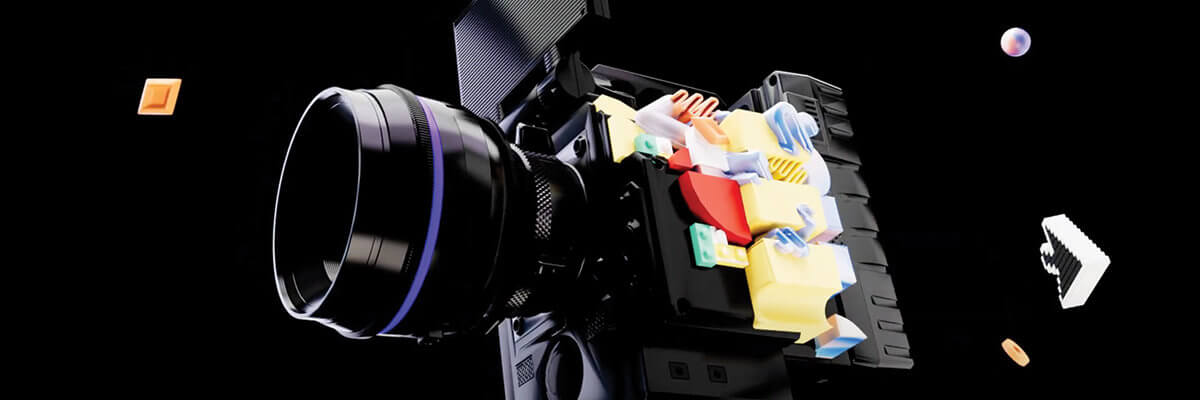
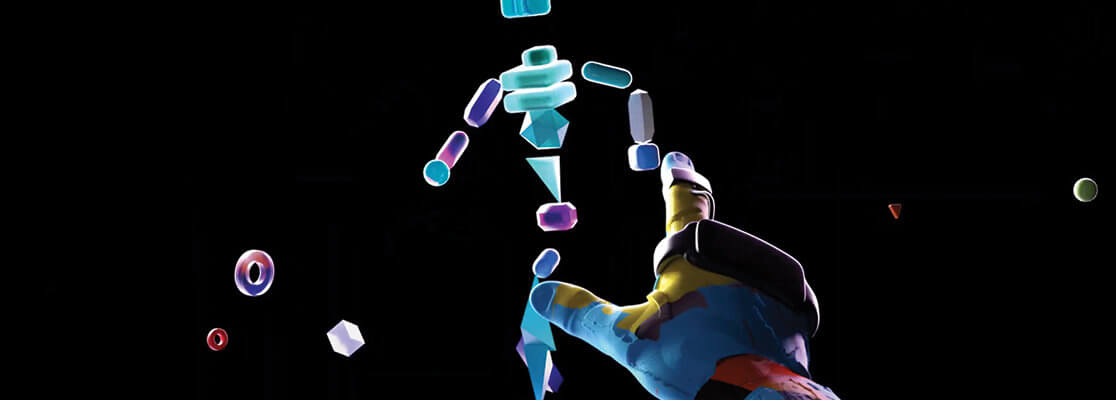

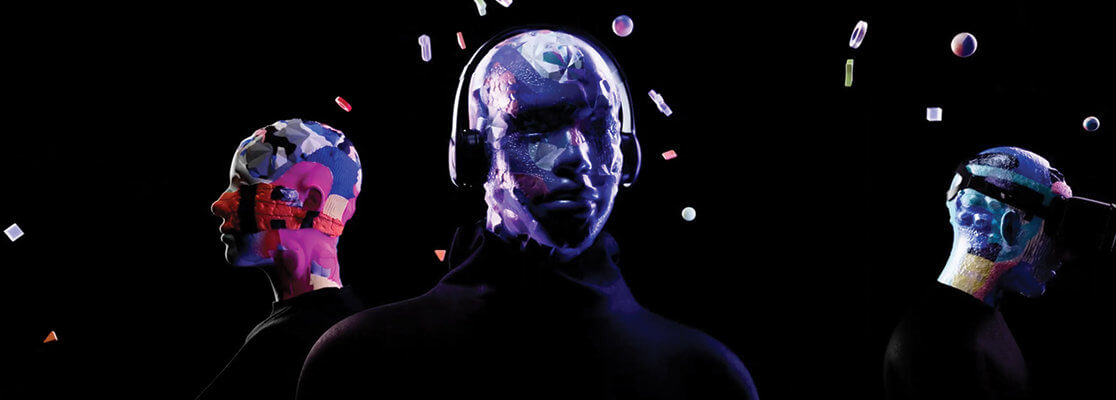
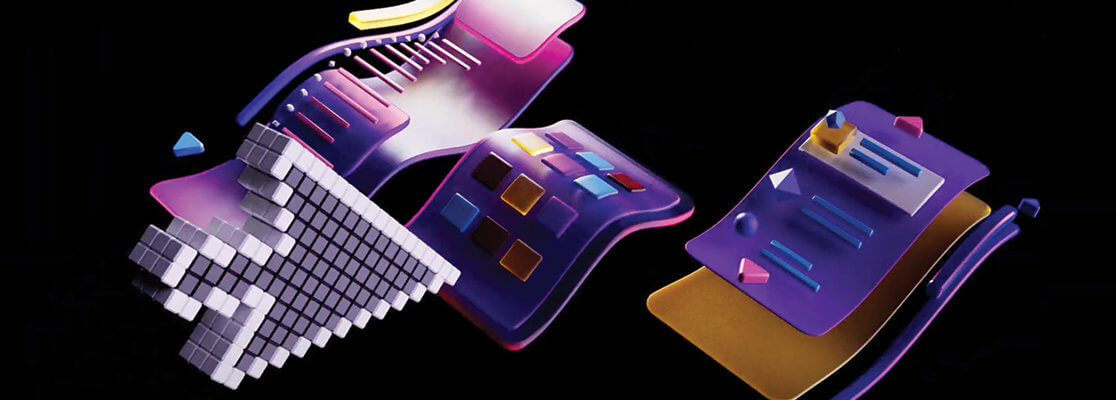

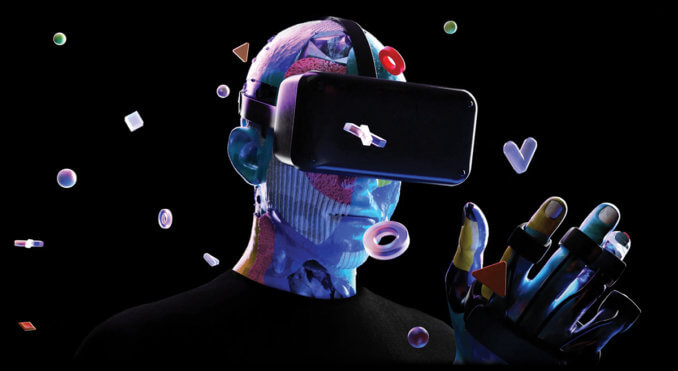
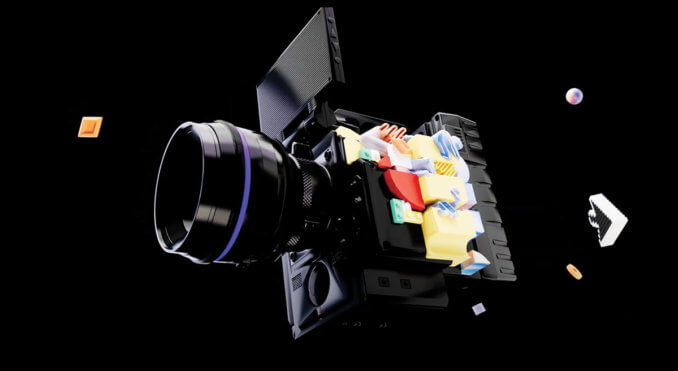
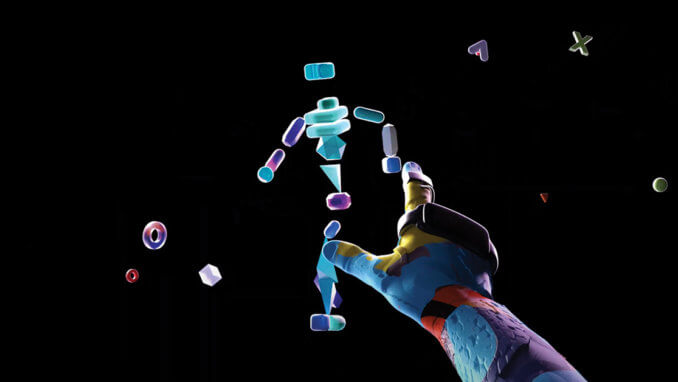
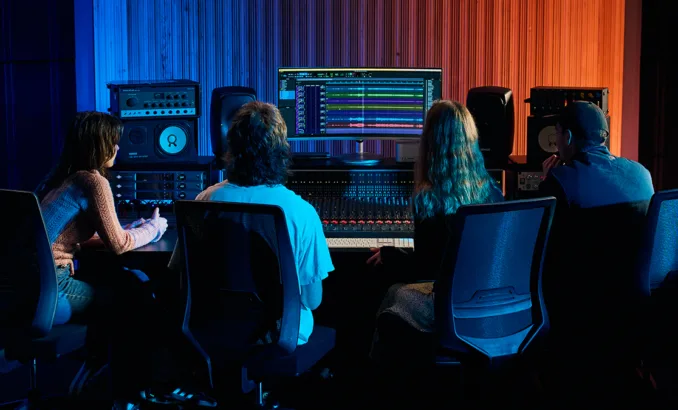






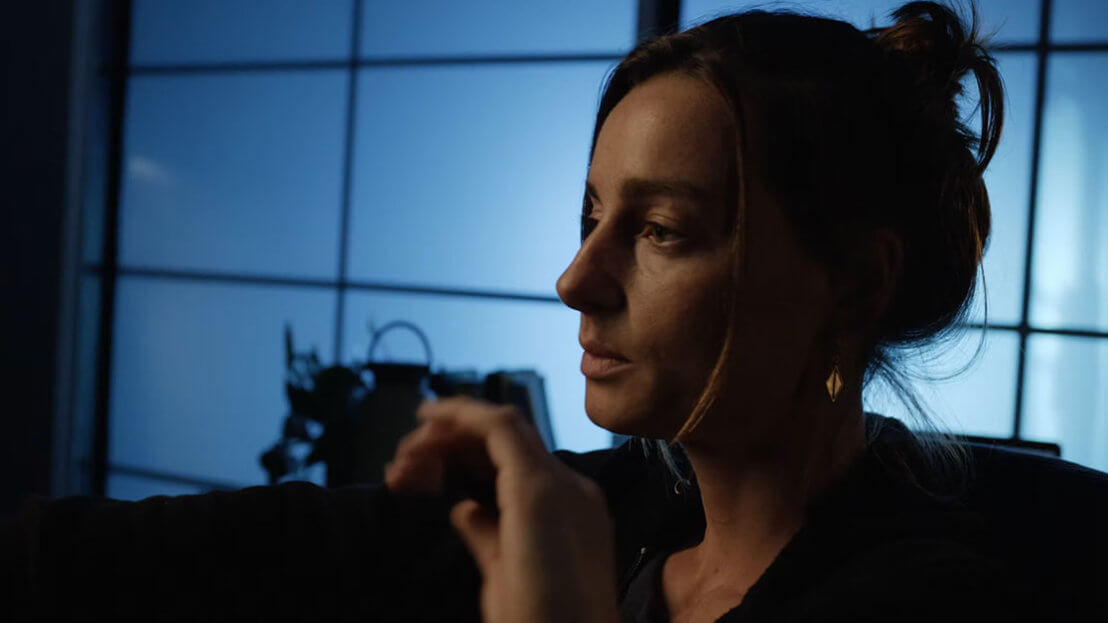

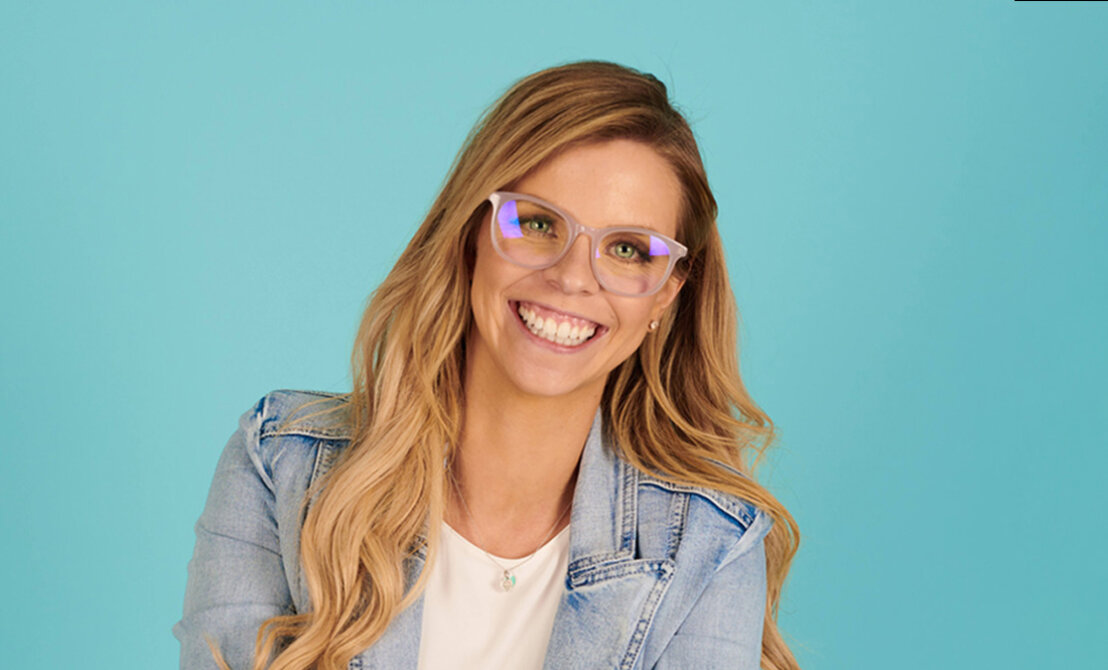
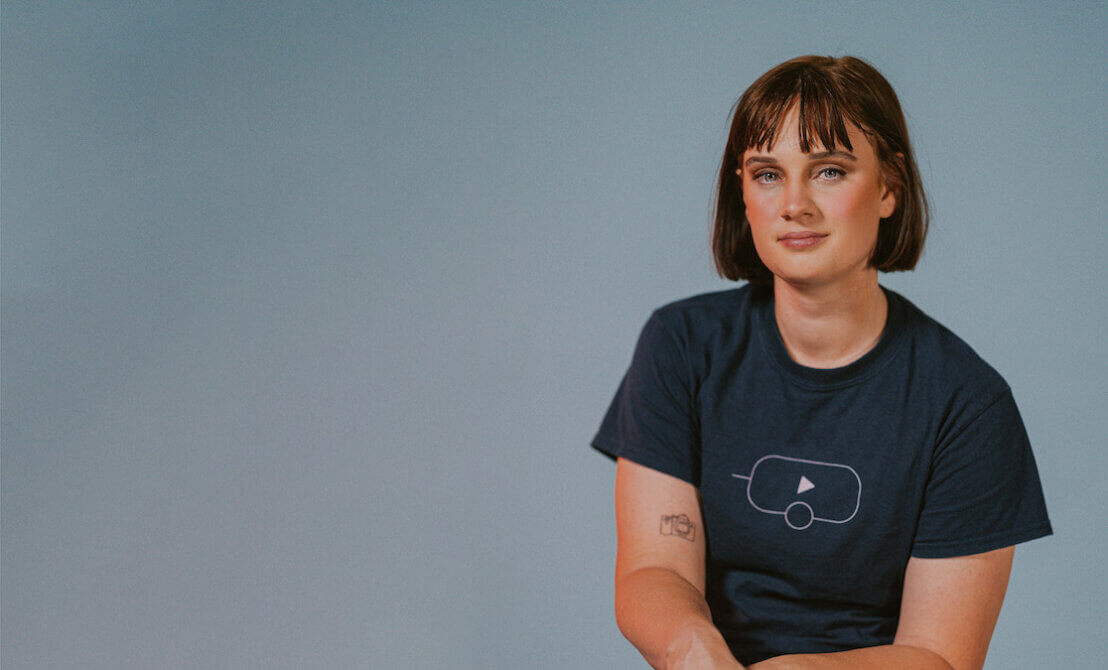

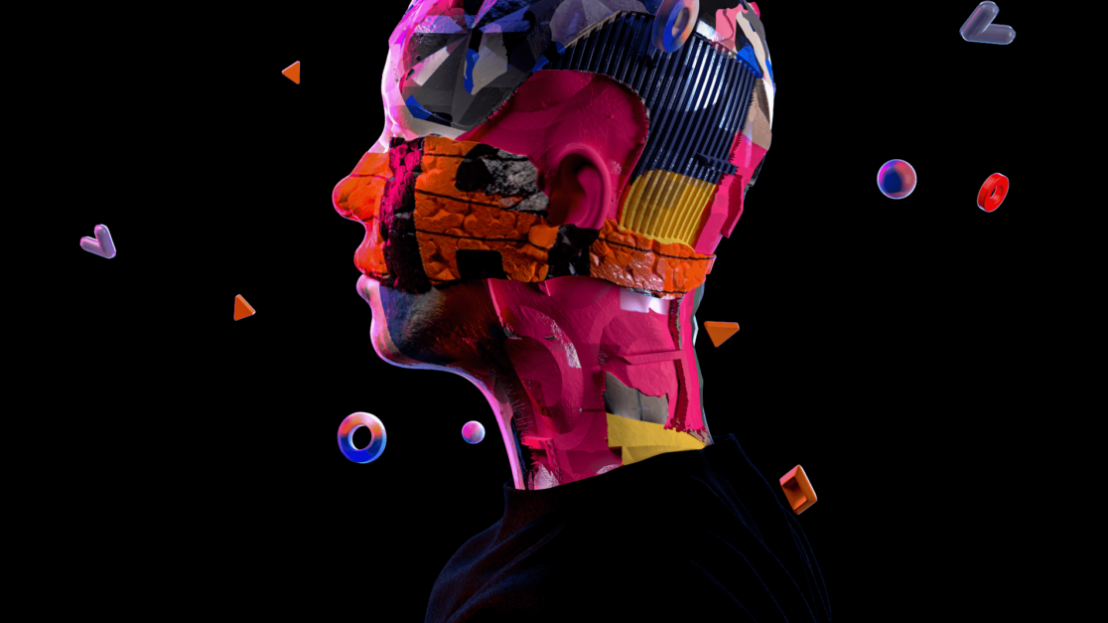
![Designer working at a computer | [how to become a graphic designer] graphic designer working at a computer | [how to become a graphic designer]](https://sae.edu.au/wp-content/uploads/2025/02/Untitled-design-4-1108x670.png)




